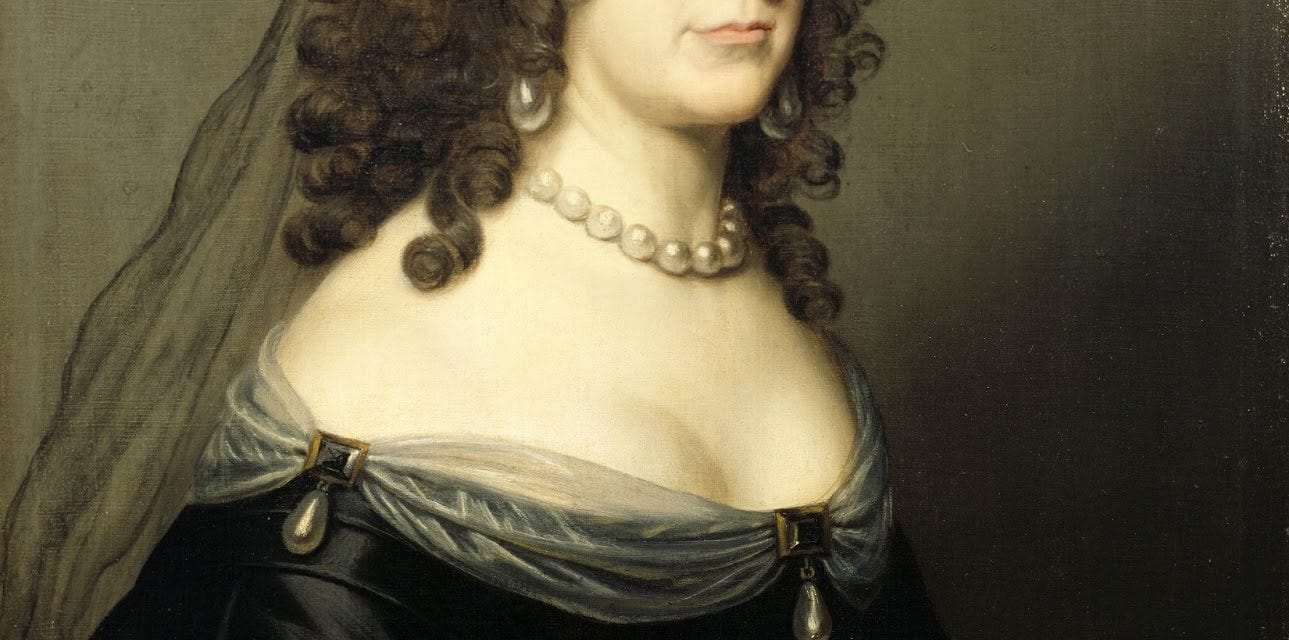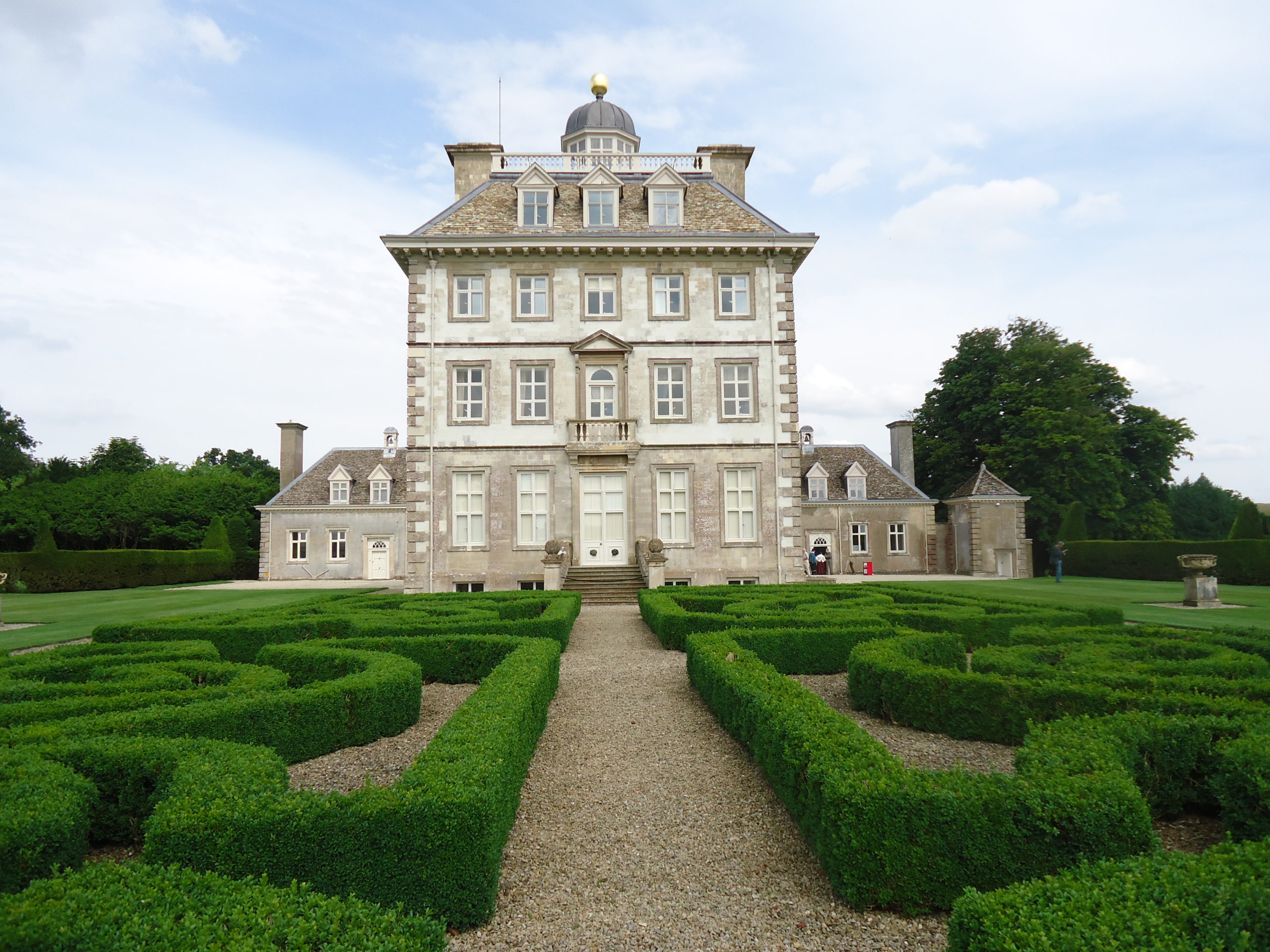

Ashdown House was the subject of a recent talk at Swindon Central Library by best selling author of historical romances Nicola Cornick. The former hunting lodge on the Berkshire and Oxfordshire borders was built in 1662 by the fabulously wealthy William Craven for the exiled Elizabeth of Bohemia, sister of Charles I.
The Purbeck stone floor in the entrance hall at Ashdown made from stone quarried in Swindon was just one of the local connections Nicola revealed. And even more interesting were a couple of St John family ones as well.
In 1714, Henry, Viscount Bolingbroke, politically adrift following the death of Queen Anne, holed up at Ashdown House where he plotted and planned to restore James II’s Catholic son to the English throne.
Among the Craven ladies Nicola mentioned was the colourful, self styled ‘beautiful’ Lady Craven.
Elizabeth Berkeley married William Craven, 6th Baron Craven, on May 30, 1767 at St Martin in the Fields, Westminster. Elizabeth would later describe her husband as fond and stupid while she was beautiful and clever. The marriage, which had begun happily enough, eventually failed after thirteen years and seven children. In her memoirs Elizabeth blamed the breakdown on her husband’s affair, but it might not have been quite so one sided as that.
The gutter press of the day delighted in the antics of the indiscreet Lady Craven. And in 1773 literary hostess Mrs Frances Boscawen wrote to that other literary lady, Mrs Mary Delany – “we talk much of Lady Craven and have a variety of stories which I shall not employ my pen to string for you…”
In 1780 Craven settled £1,500 a year upon his troublesome wife, sending her on her way. Taking her youngest son Richard Keppel Craven with her, Elizabeth set up home in a house at Versailles.
An intrepid traveller and prolific writer, Elizabeth’s oeuvre consisted of “sonnets, rebuses, charades, epilogues, and songs, and besides, not a few plays” according to a contemporary. Elizabeth numbered lexicographer Samuel Johnson among her devotees who described her as “the beautiful, gay, and fascinating, Lady Craven.”
William Craven died in 1791 leaving Elizabeth free to marry her longtime amour, also recently widowed, Alexander, Margrave of Brandenburg-Ansbach and Bayreuth, a cousin of George III. Elizabeth and Alexander moved to England where they lived in some style at properties in Hammersmith and Berkshire.
Following Alexander’s death in 1806, Elizabeth returned to the continent. She died at her home, Craven Villa in Posillipo, Naples in 1828. She is buried in the English Cemetery at Naples.
And that all important St John connection? Elizabeth’s daughter Arabella Craven, born in 1774, married General Hon. Frederick St. John, second son of Frederick St John 2nd Viscount Bolingbroke, and Lady Diana Spencer.  Today Ashdown House is owned by the National Trust and Nicola is a member of the team of volunteers who undertake guided tours of the property.
Today Ashdown House is owned by the National Trust and Nicola is a member of the team of volunteers who undertake guided tours of the property.